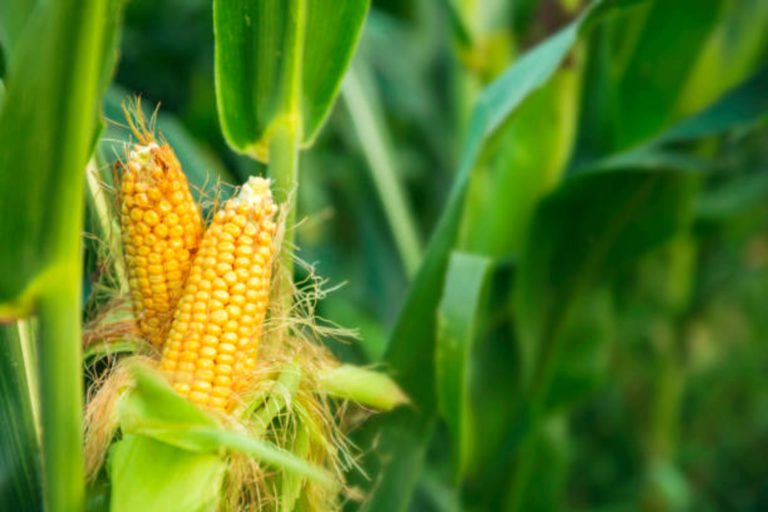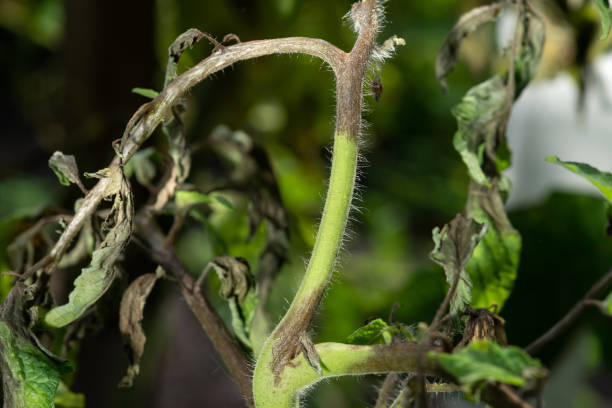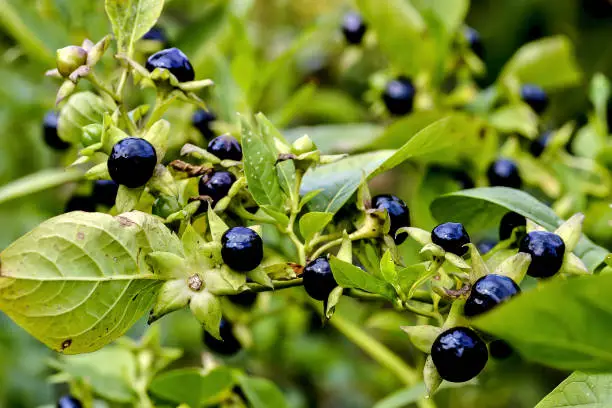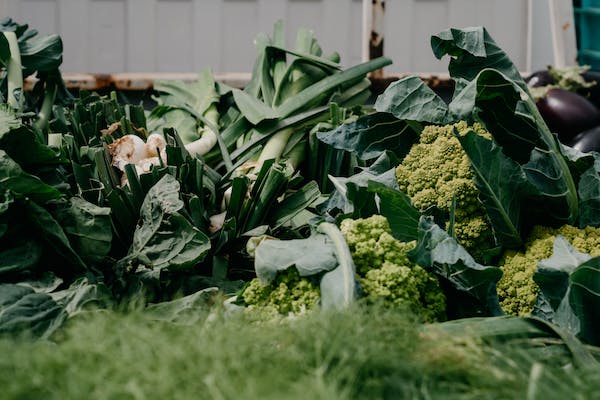Growing Cucumbers In A Greenhouse Problems & How to Fix 3 cool benefits
Cultivating cucumbers in a greenhouse is like crafting a symphony of crispness and refreshment. Yet, every gardener, whether a seasoned pro or an eager novice, knows that even this green haven can occasionally face its own set of challenges.
From the tantalizing temptation of pests to the cryptic dances of diseases, greenhouse cucumber cultivation can sometimes resemble a delicate art form.
So, fasten your gardening gloves and sharpen your shears, because it’s time to explore the world of “Growing Cucumbers In A Greenhouse: Problems & How to Fix!”
Growing Cucumbers In A Greenhouse Problems & How to Fix
Growing cucumbers in a greenhouse offers numerous advantages, but it’s not without its share of challenges. From temperature fluctuations and pest invasions to diseases like powdery mildew, greenhouse cucumber cultivation can puzzle even experienced growers.
However, fret not! In this guide, we’ll delve into the most common issues you might encounter while growing cucumbers in a greenhouse and unveil effective strategies to conquer these hurdles, ensuring your cucumber bounty thrives.
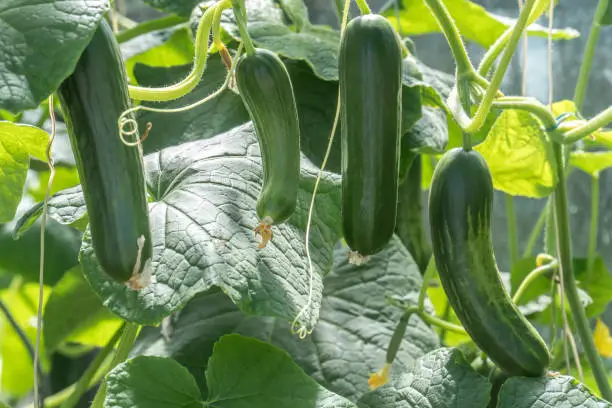
What Are The Most Common Cucumber Problems?
The cultivation of cucumbers, whether in gardens, greenhouses, or fields, can encounter several common problems that gardeners and farmers frequently contend with. One of the most prevalent issues is inadequate watering, which can lead to wilting, poor fruit development, and overall plant stress.
Cucumbers have a high water requirement, and consistent moisture levels are crucial for their growth. Another common challenge is nutrient deficiencies, particularly nitrogen and calcium.
A shortage of nitrogen results in the yellowing of older leaves, while insufficient calcium can cause blossom-end rot, characterized by dark, sunken spots on cucumber fruits. These problems often arise due to imbalanced soil nutrition or irregular fertilizer application.
Lack of Water:
Cucumbers are highly water-dependent plants, and insufficient watering can lead to symptoms such as wilting, reduced fruit development, and overall plant stress.
Solution:
Maintain soil moisture consistently. Use mulch to retain soil moisture and establish a regular watering schedule, preferably in the morning. Ensure deep watering to reach the cucumber’s extensive root system.
Lack of Nutrition:
Problem:
Nutrient deficiencies, especially nitrogen and calcium, can lead to specific issues in cucumber plants. Nitrogen deficiency causes yellowing of older leaves, while calcium deficiency can result in blossom-end rot, characterized by dark, sunken spots on fruits.
Solution:
Regularly test soil and adjust nutrient applications accordingly. Use a balanced fertilizer to provide essential nutrients. For calcium, consider adding gypsum or calcium-containing fertilizers to the soil
Diseases:
Cucumber Mosaic Disease:
Problem:
Cucumber Mosaic Virus (CMV) is transmitted by aphids and can cause mosaic patterns on leaves, stunted growth, and deformed fruits.
Solution:
Implement aphid control measures, such as using insecticidal soap or introducing beneficial insects like ladybugs. Plant CMV-resistant cucumber varieties to mitigate the risk.
Powdery Mildew:
Problem:
Powdery mildew is a common fungal disease that manifests as a white, powdery substance on cucumber leaves, inhibiting photosynthesis and weakening the plant.
Solution:
Enhance air circulation within the greenhouse or garden. Maintain lower humidity levels, and consider applying fungicides, neem oil, or organic remedies like a mixture of baking soda and water.
Pests:
Red Spider Mites:
Problem:
Red spider mites are tiny arachnids that feed on plant sap, causing stippling, discoloration, and reduced photosynthesis.
Solution:
Keep the garden or greenhouse clean and well-ventilated. Apply neem oil or insecticidal soap and increase humidity to deter mites. Introduce predatory mites or ladybugs for biological control.
Whitefly:
Problem:
Whiteflies are sap-sucking insects that excrete honeydew, leading to sticky foliage, yellowing leaves, and wilting.
Solution:
Implement yellow sticky traps to monitor and control whitefly populations. Use insecticidal soap or neem oil to deter them, and maintain plant hygiene to prevent infestations.
By addressing these common cucumber problems proactively and with appropriate solutions, you can promote healthier cucumber plants, increase yield, and enjoy a more successful cucumber harvest.
3 Benefits of Growing Cucumbers In A Greenhouse
Extended Growing Season:
Greenhouses provide a controlled environment, allowing you to grow cucumbers year-round, regardless of external weather conditions.
Increased Yield and Quality:
Cucumbers in greenhouses are less susceptible to pests and diseases, resulting in higher yields and superior fruit quality.
Efficient Resource Management:
Greenhouse cultivation allows for better water and nutrient management, reducing waste and environmental impact while maximizing cucumber production.
FAQs
What makes greenhouse cucumber cultivation different from traditional outdoor growing?
Greenhouse cucumber cultivation provides a controlled environment, shielding plants from harsh weather, pests, and diseases. This allows for an extended growing season, higher yields, and better fruit quality.
What are the most common problems when growing cucumbers in a greenhouse?
Common issues include temperature fluctuations, pests like aphids and whiteflies, fungal diseases such as powdery mildew, and nutrient imbalances. These can hinder plant growth and reduce yields.
How can I maintain the right temperature in my greenhouse for cucumbers?
Use ventilation and shading systems to control temperature. Install fans or vents for air circulation, and consider heating or cooling methods as needed to maintain optimal cucumber-growing conditions.
What are some natural ways to manage pests in a greenhouse cucumber garden?
Employ beneficial insects like ladybugs or lacewings, use insecticidal soap, and implement physical barriers like row covers. Regularly inspect plants for signs of infestations.
How can I ensure my cucumbers get the right nutrients in a greenhouse?
Regularly test the soil for nutrient levels and pH. Use a balanced fertilizer with the appropriate NPK ratio and micronutrients. Adjust nutrient applications based on soil test results.
Can I grow cucumbers in a greenhouse year-round?
Yes, a greenhouse allows for year-round cucumber cultivation in many climates, as it provides protection from extreme temperatures and weather conditions.
What are some strategies to prevent common cucumber diseases in a greenhouse?
Practice crop rotation, keep the greenhouse clean, and avoid overcrowding. Use disease-resistant cucumber varieties when possible, and consider soil sterilization between plantings.
When should I harvest greenhouse cucumbers, and how can I tell they’re ready?
Harvest cucumbers when they reach the desired size and color. They should be firm and have a bright green hue. Regularly inspect and harvest to prevent overripening.
Conclusion
In conclusion, while greenhouse cucumber cultivation presents its challenges, this guide has armed you with the strategies to conquer them. Whether battling pests, fungi, or ensuring optimal conditions, the greenhouse offers a canvas for year-round cucumber success.
Embrace each challenge as an opportunity to grow, nurture your cucumbers, and relish the satisfaction of a bountiful harvest. Happy growing!

